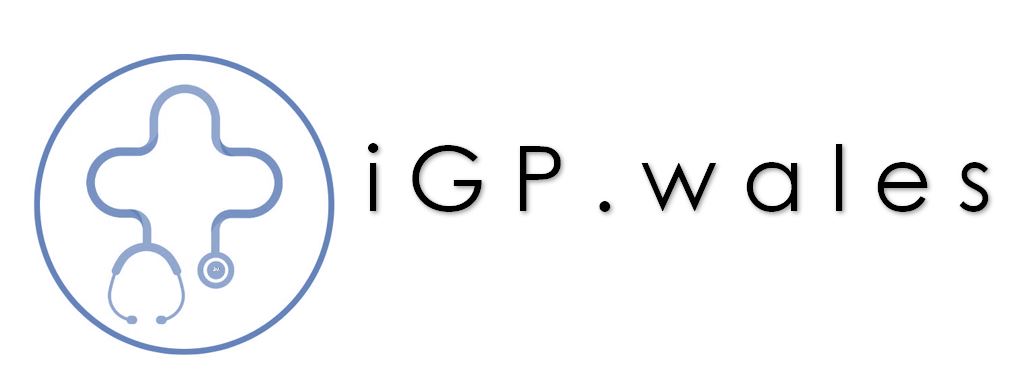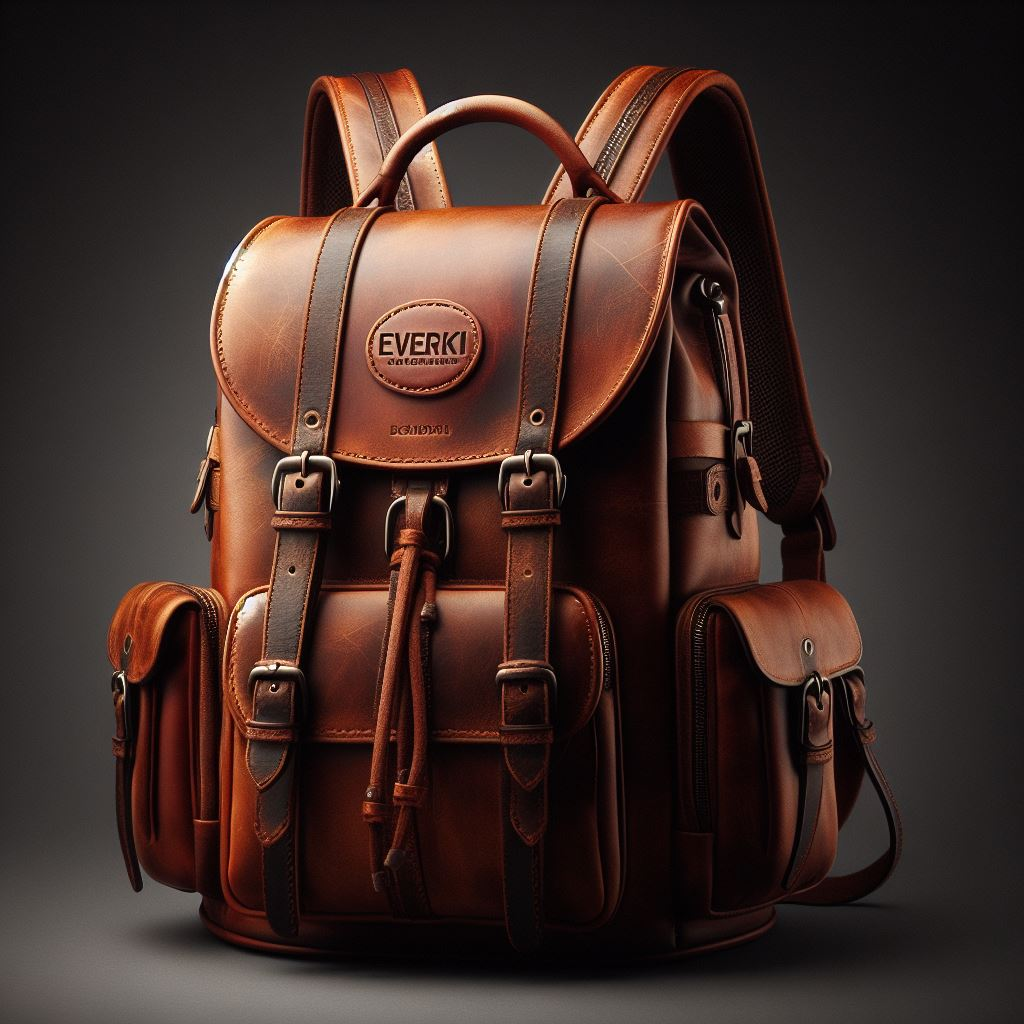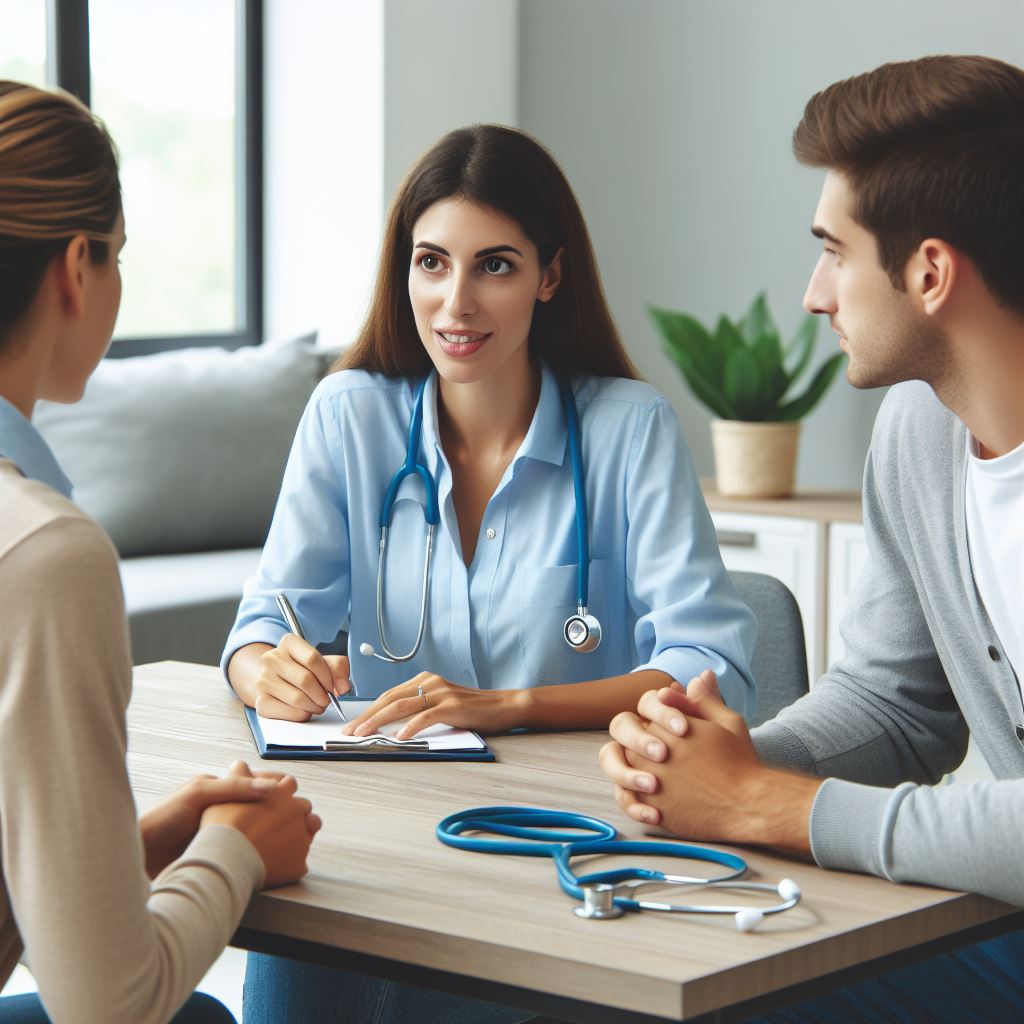What to bring in your GP Bag?
It’s good practice to be ready for the basics.
6 essentials
Whether moving from clinic to clinic or home visit
Extras
These items are most likely available in your practice but it’s nice to have in your own office and bag too.
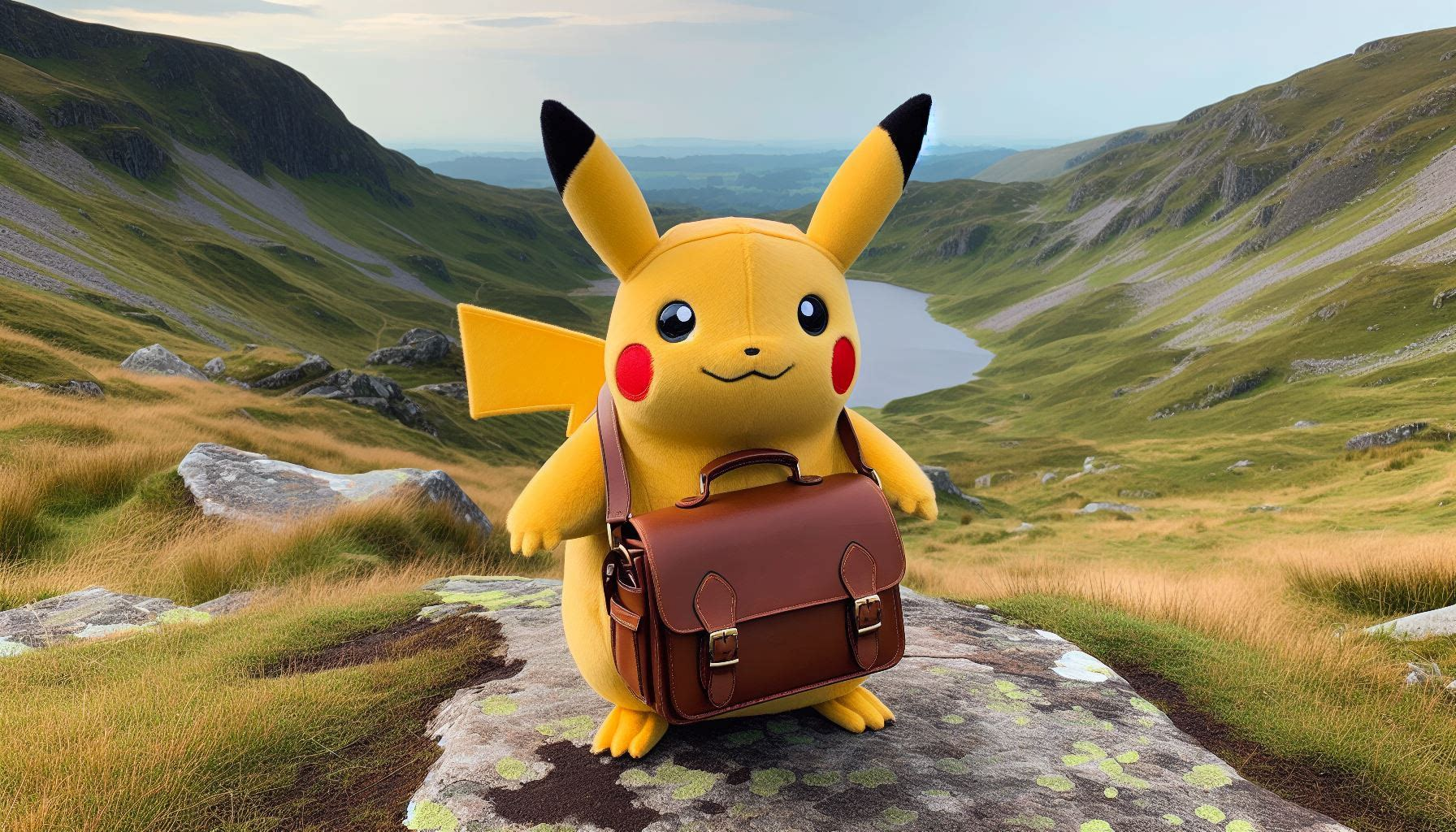
Gloves
Supported businesses with intelligence
Glucose meter
Remember to have the right glucose strips and lancets. Your room should have sharps boxes. Alcohol sterets for before and cotton wool for the patient after is a nice plus.
Urine dipsticks
Days spend offering a brighter vision
Universal Container
Days spend offering a brighter vision
Pregnancy Tests
Days spend offering a brighter vision
Lubricating jelly
Days spend offering a brighter vision
Tuning Fork
Days spend offering a brighter vision
Tendon Hammer
Days spend offering a brighter vision
Stool Container
Days spend offering a brighter vision
Clinical waste bag
Good to have to replace the one in your room. Nice to have in your car just in case you have any clinical things to dispose after home visits.
Microbiology bags
Days spend offering a brighter vision
Microbiology bags
Days spend offering a brighter vision
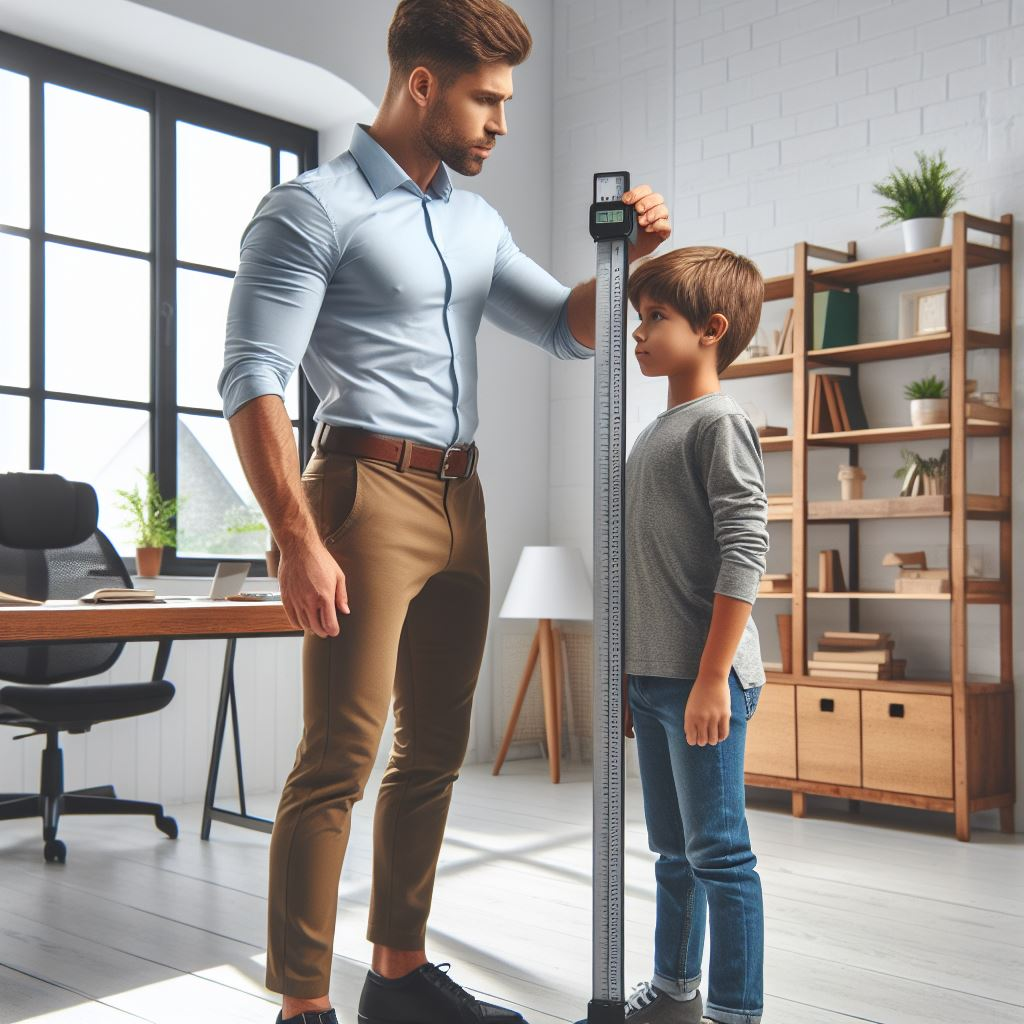
More nice extras
Office Objects
Scales to measure weight and stadiometer to measure height.

The nice-to-haves
Stationary
Some paper and a trusty pen is a must. Although most of our work is on some sort of electronic system, you might still need one to sign a prescription/radiology form or jot some notes down for a patient. You might also need to write up your home visits (though, I’ve found doing this digitally saves me another 5 minutes).
Stapler for those leaflets you’ll be explaining prior to sharing with your patients.
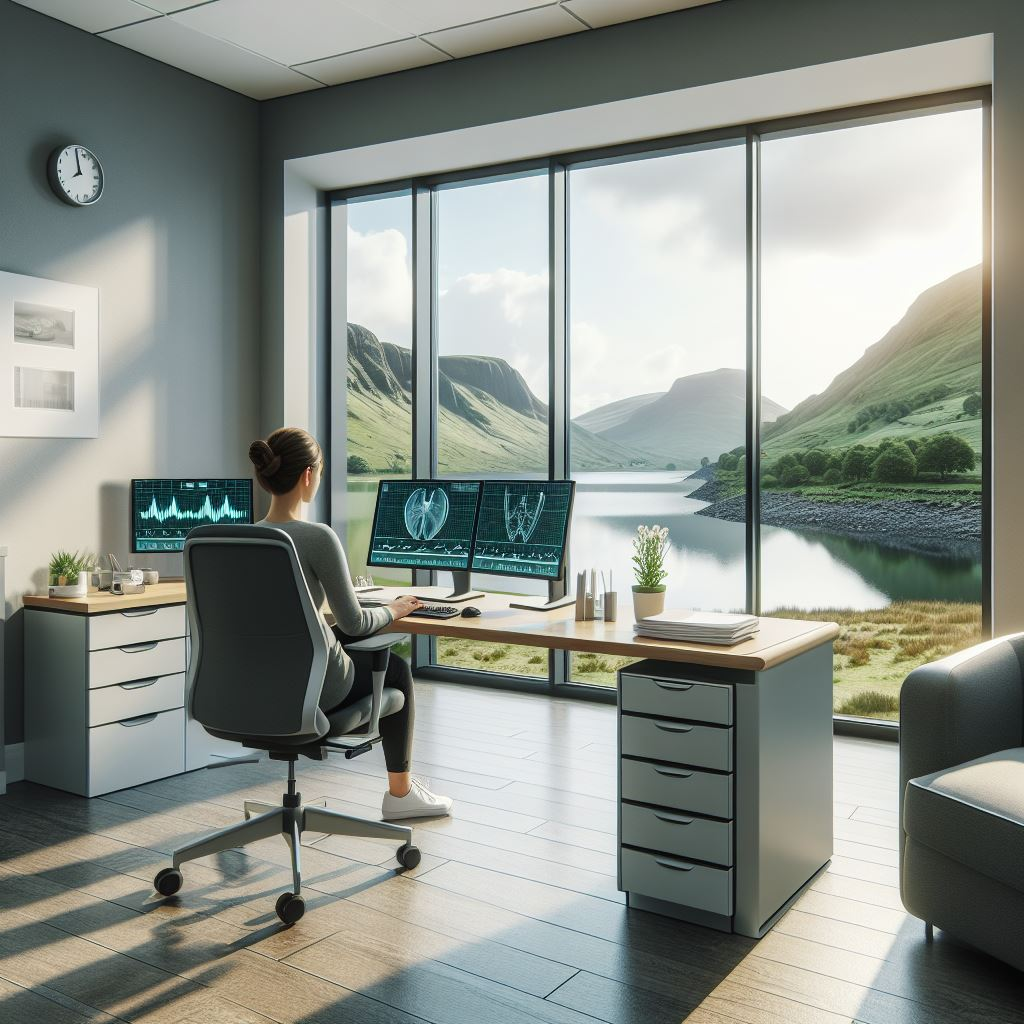
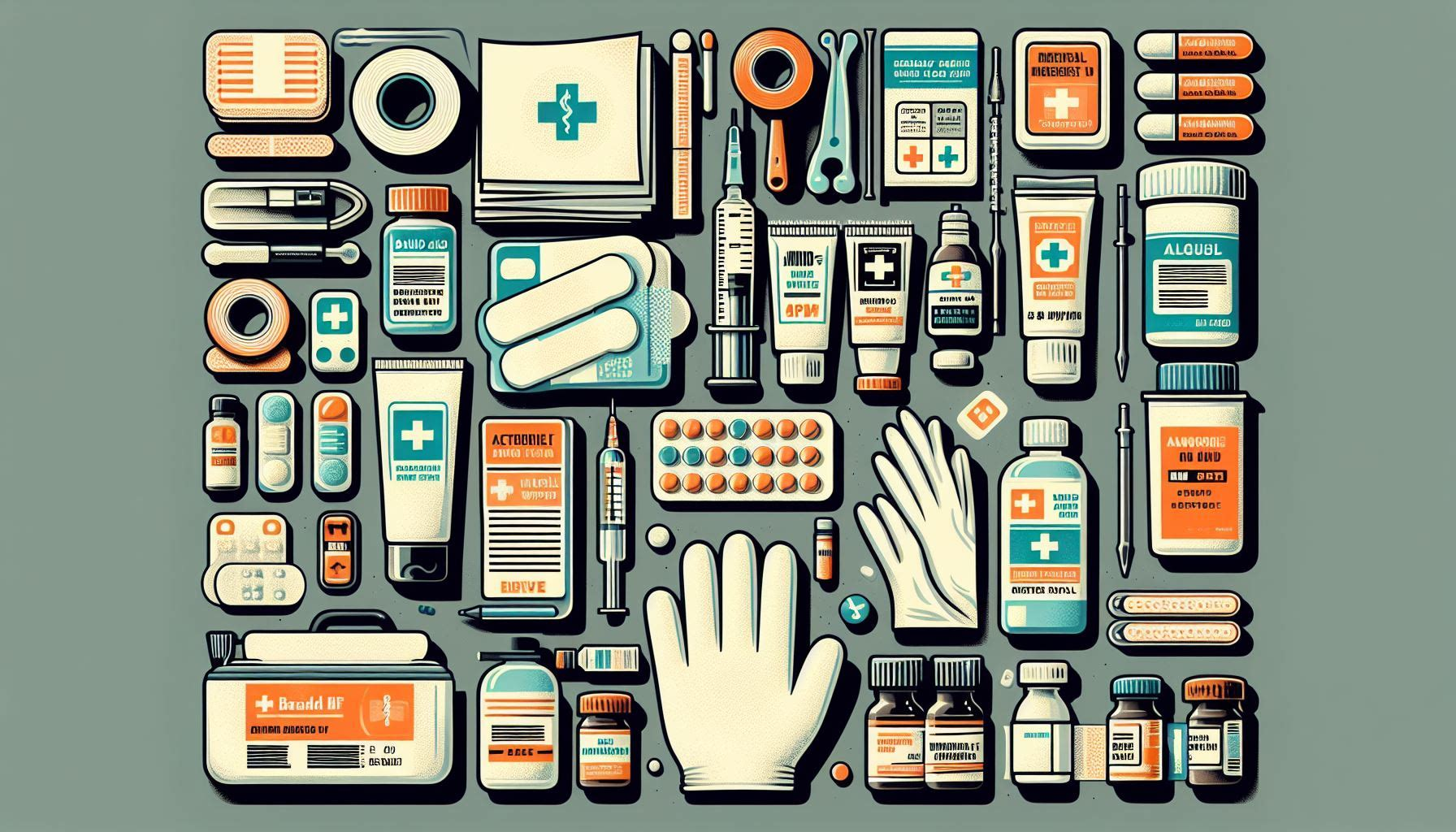
Other considerations
What about Medicines?
Here’s a post from CQC from February 2003 about medicines to consider.
What about the bag itself?
This is completely up to you. There are more options than the classic brown leather doctor’s bag. A rucksack is just as good if not easier to carry. Some people have ‘home-visit’ storage boxes separate to their own bags.
